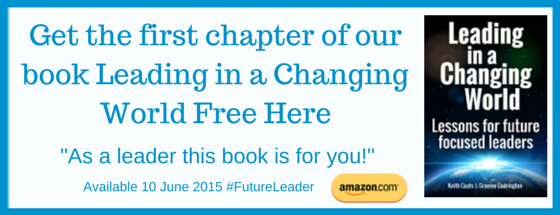 Historically a CV, or resumé, has been a useful tool to understand and to assess the ability of a candidate for a role. Increasingly, however, with Digital Natives this may not be as useful a tool.
Historically a CV, or resumé, has been a useful tool to understand and to assess the ability of a candidate for a role. Increasingly, however, with Digital Natives this may not be as useful a tool.
In the past there was a direct link between a job and the life skills and education required to effectively fill the position. Today, however, resumes or CVs that come across our desks do not fit the traditional mold of which we expect to see in this type of document. From extended gap years spent backpacking and doing menial jobs, to academic studies in diverse fields like street art, computer game design, animal psychology, and other such “strange” pursuits.
If advertising for a position that we expect Digital Natives to fill here are some points to factor in when evaluating CV’s or drafting an effective job description.
Strange life experience does not mean no relevant life experience.
 Digital Natives [Generation Y] have not been constrained to live an adolescence and young adulthood that was the same as that experienced by Baby Boomers or Generation X. Gen X lived in a time of great turbulence and change and many Gen Xers were expected to transition very
Digital Natives [Generation Y] have not been constrained to live an adolescence and young adulthood that was the same as that experienced by Baby Boomers or Generation X. Gen X lived in a time of great turbulence and change and many Gen Xers were expected to transition very
quickly into the responsibilities of adulthood. Our CV’s reflect that. So, when evaluating Gen X CV’s we have focused on the absence of gaps or periods of non-activity. Where they were found these periods have been viewed as times when relevant job experience was lost. For Digital Natives we should expect CV’s punctuated with gaps. These gaps are not periods of non-experience but rather represent times when Generation Y have gained insights and wisdom into a world that is very different from what we have seen in the past. This insight is precisely the experience that we need to be leveraging to build teams and organizations that will be effective in the new world of work.
Traditional CV’s were written to look like a slab of chocolate, Digital Native CV’s look like a box of Smarties or M&M’s.
One of the consequences of growing up in the world that they did is that Digital Natives are incredibly comfortable with change. This is consistently reflected in the way they have approached every phase of life including the evolution of their careers. Older generations crafted CV’s trying to show you that they had spent their whole working life trying to become the specialist you want for this role. Digital Native CV’s, show something different. Rather than presenting a consistent development path pointing out how good a fit the are for the role, Digital Natives will rather choose to show that they have diverse experience. This is presented to show that they will be able to complement your expectations with insights and knowledge that you may never have anticipated needing in the advertised role.
When it comes down to it, CV’s as written documents must disappear.
A written CV is very static and comes from a world where the only media we had available to us for self-promotion was a typewriter, a pen and paper, or a word processor. Digital Natives have much more powerful and creative tools available to present themselves. When designing a job specification, or job advertisement, space should be created to receive video resumes, audio self presentations, on multimedia rich content. CV’s have always been a particularly poor way of candidates presenting their real strengths for a role. It is much more possible to show your strength of personality and relevant abilities in a video or similar multimedia presentation of yourself. When creating roles – or recruiting Digital Natives for roles – in organizations, if you want to get the best of the pile realize that the best candidates may very well have the worst written CV’s.
Their digital CV is online waiting for you
LinkedIn and similar sites have records of everything that a traditional CV expected candidates to present. Rather than asking for written documents we should just be asking for the provision of appropriate links. These sites and applications are all living documents that aggregate and present content over an extended period of time, and give a much more balanced view and perspective of candidates then just a moment-in-time snapshot reflected in a static CV. The reason we don’t use these sites is more because we are lazy then their offering limited value. To get the best talent working for us, and to be recognized as Digital Native employers of choice, we need to meet them in the place where they are already presenting their relevance for positions that we need filled.
 In a world that is changing, the recruitment of Digital Natives needs to change too. To get the best Generation Y individuals for a role we need to broaden our understanding of, and our approach to, getting them on-board. We should create channels that supersede traditional CV’s – with the CV as the last filter rather than the first filter for a job application.
In a world that is changing, the recruitment of Digital Natives needs to change too. To get the best Generation Y individuals for a role we need to broaden our understanding of, and our approach to, getting them on-board. We should create channels that supersede traditional CV’s – with the CV as the last filter rather than the first filter for a job application.
Click here for further information on our Meet the Digital Natives framework



